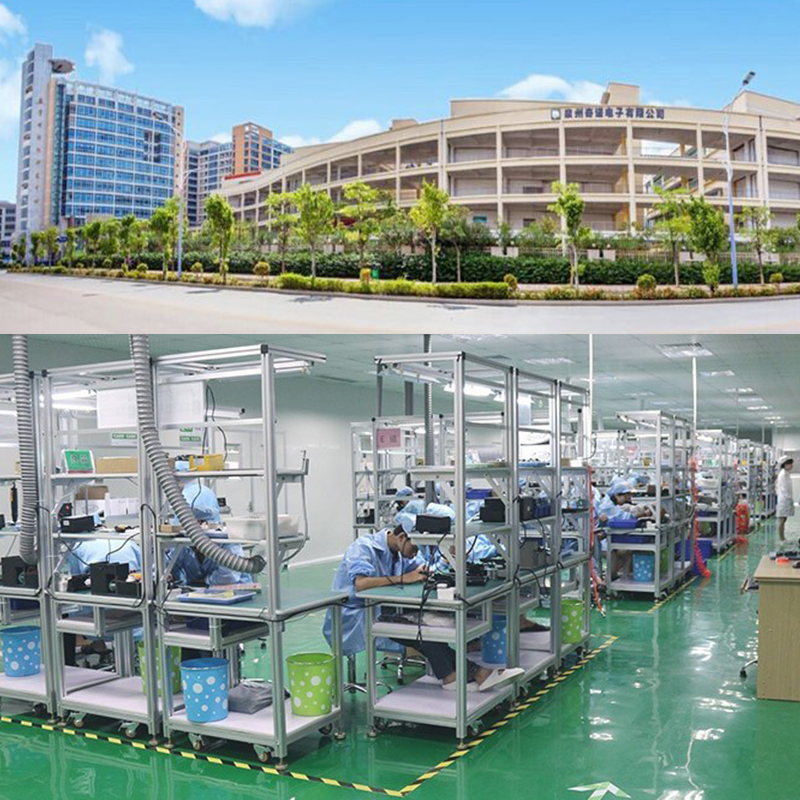Automatic gate openers have become essential components for enhancing security, convenience, and accessibility in residential, commercial, and industrial settings. Behind their seamless operation lies a sophisticated assembly of components meticulously designed and integrated to ensure reliable performance. In this article, we delve into the key components required for manufacturing automatic gate openers, shedding light on the intricate technology that powers these essential devices.

1. Motor:
At the heart of every automatic gate opener is a motor responsible for driving the opening and closing mechanism of the gate. Motors are available in various configurations, including AC (alternating current) and DC (direct current), and are selected based on factors such as gate size, weight, and operational requirements. High-quality motors provide the necessary power and torque to operate gates smoothly and efficiently, while also offering durability and longevity.
2. Gate Control System:
The gate control system comprises electronic components such as control boards, sensors, and receivers that manage the operation of the gate opener. Control boards interpret signals from remote controls, keypads, or other access devices, orchestrating the movement of the gate in response to user commands. Safety sensors detect obstructions or obstacles in the path of the gate, triggering automatic reversal or stoppage to prevent accidents or damage.
3. Drive Mechanism:
The drive mechanism translates the rotational motion of the motor into linear motion to open and close the gate. Depending on the gate design and application, automatic gate openers may utilize various drive mechanisms, including rack and pinion, screw-driven, or articulated arm systems. These mechanisms are engineered for smooth and precise operation, offering reliability and consistency in opening and closing cycles.
4. Remote Control:
Remote controls are handheld devices that enable users to operate automatic gate openers wirelessly from a distance. These devices transmit radio signals to the gate control system, initiating commands such as opening, closing, or stopping the gate. Remote controls typically feature buttons or keypads for user input and may incorporate advanced features such as rolling code encryption for enhanced security.
5. Power Supply:
Automatic gate openers require a reliable power supply to operate effectively. Depending on the installation location and availability of electrical infrastructure, gate openers may be powered by AC mains electricity, DC batteries, or a combination of both. Backup battery systems ensure continued operation during power outages, providing uninterrupted access and security for users.
6. Safety Features:
Safety is paramount in the design and operation of automatic gate openers. Key safety features include obstruction detection sensors, photocells, and pressure-sensitive edges that detect and react to potential hazards in the gate's path. These features are designed to prevent accidents, injuries, and property damage, making automatic gate openers safe for use in residential, commercial, and public environments.
Conclusion: Automatic gate openers represent the convergence of mechanical, electrical, and electronic technologies, seamlessly blending convenience with security and safety. By understanding the key components required for manufacturing automatic gate openers, we gain insight into the complexity and sophistication of these essential devices. As manufacturers continue to innovate and refine their designs, we can expect even greater reliability, efficiency, and intelligence in the operation of automatic gate openers, further enhancing the security and convenience of gated access systems.